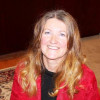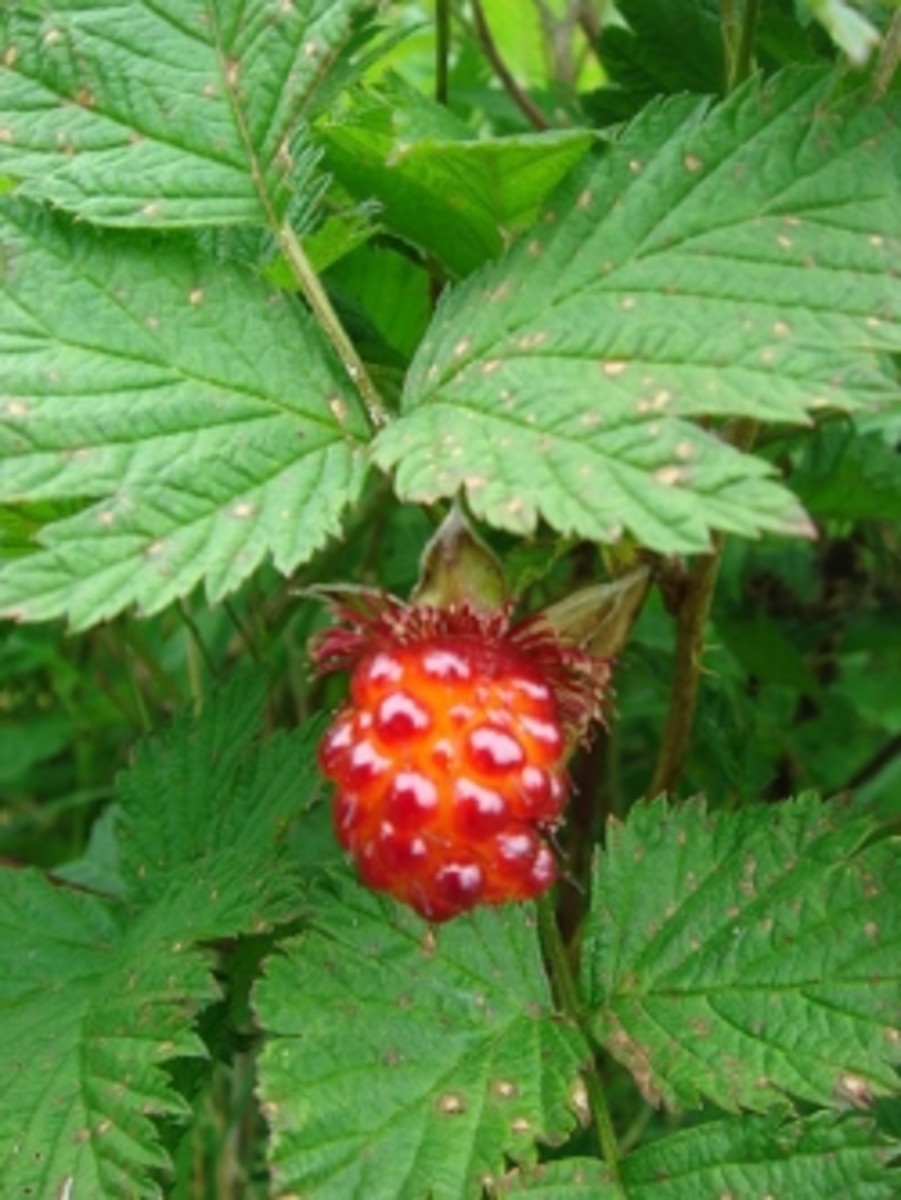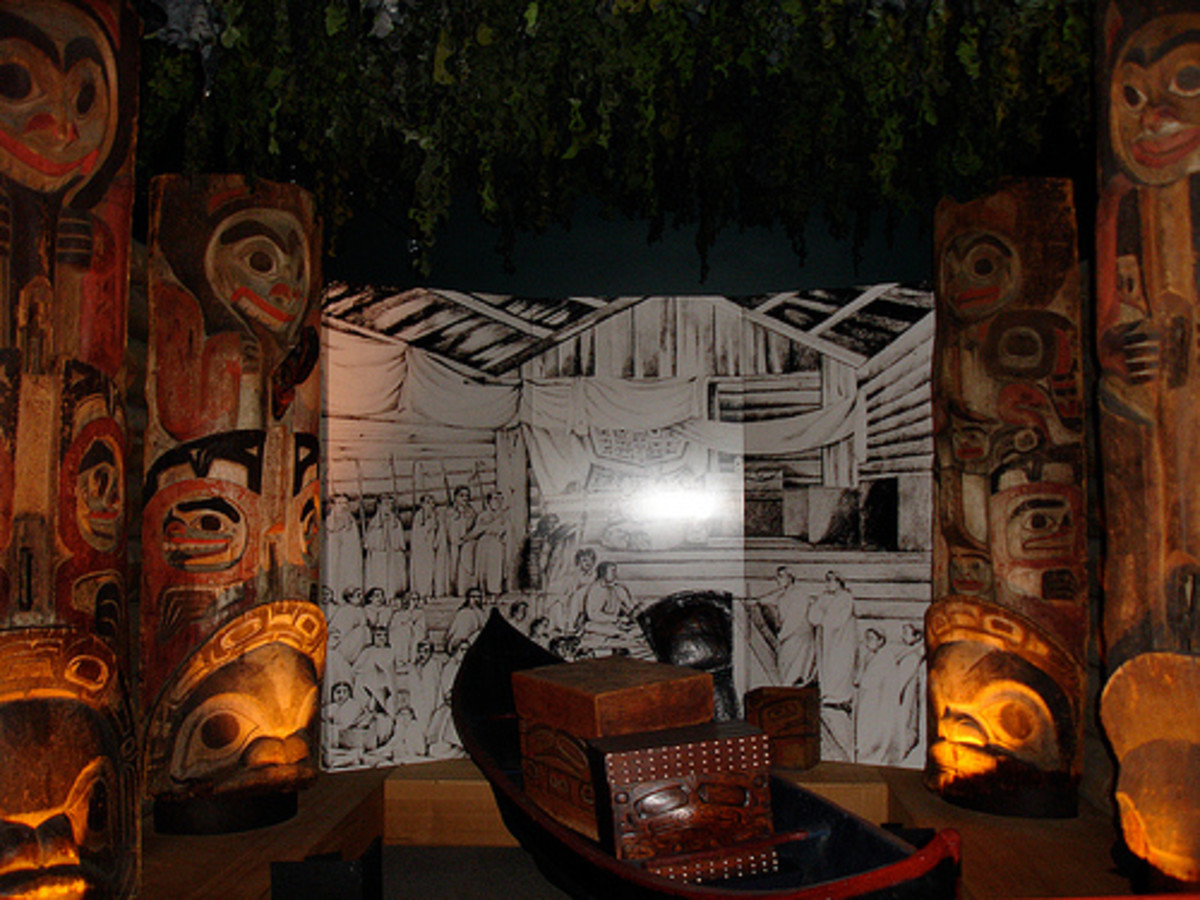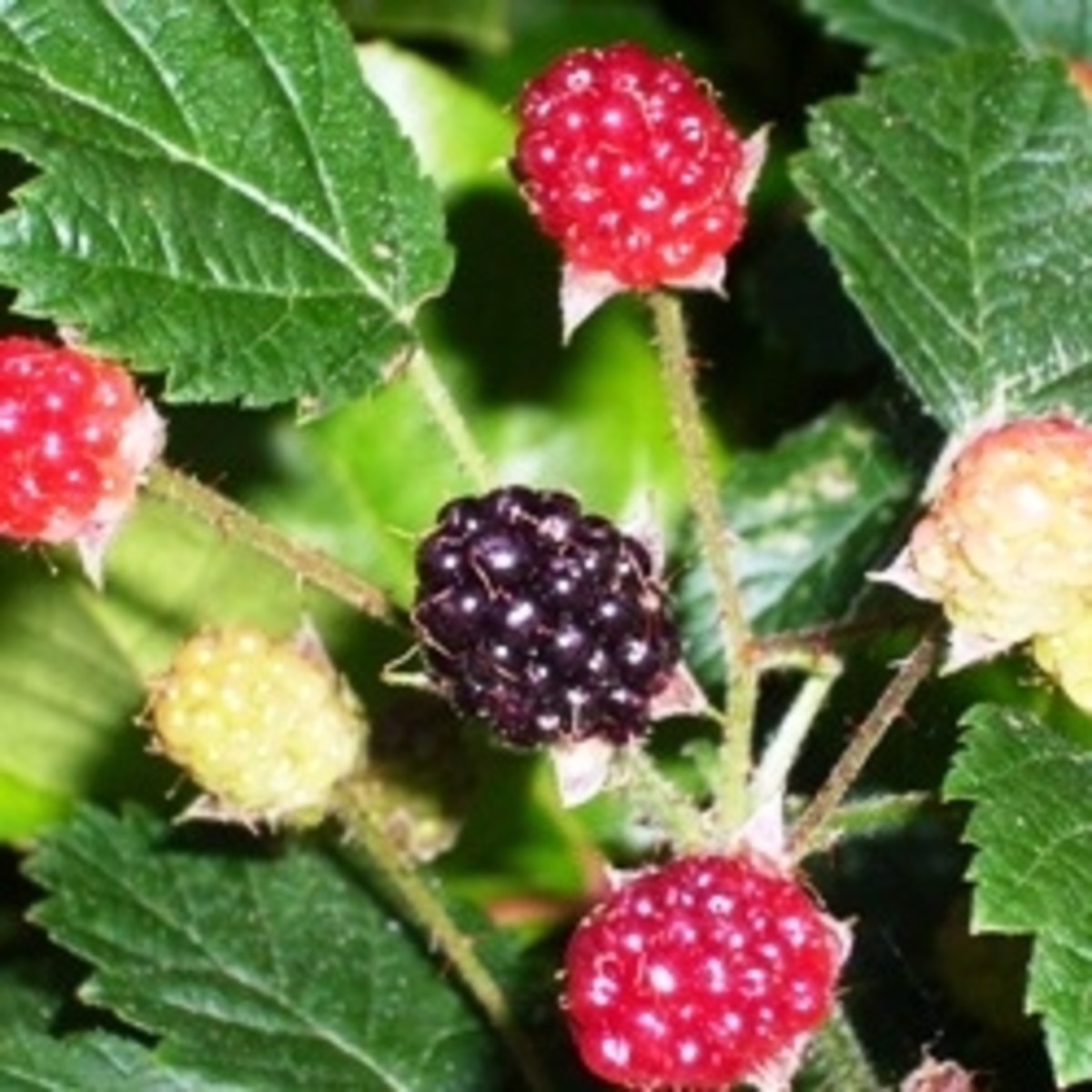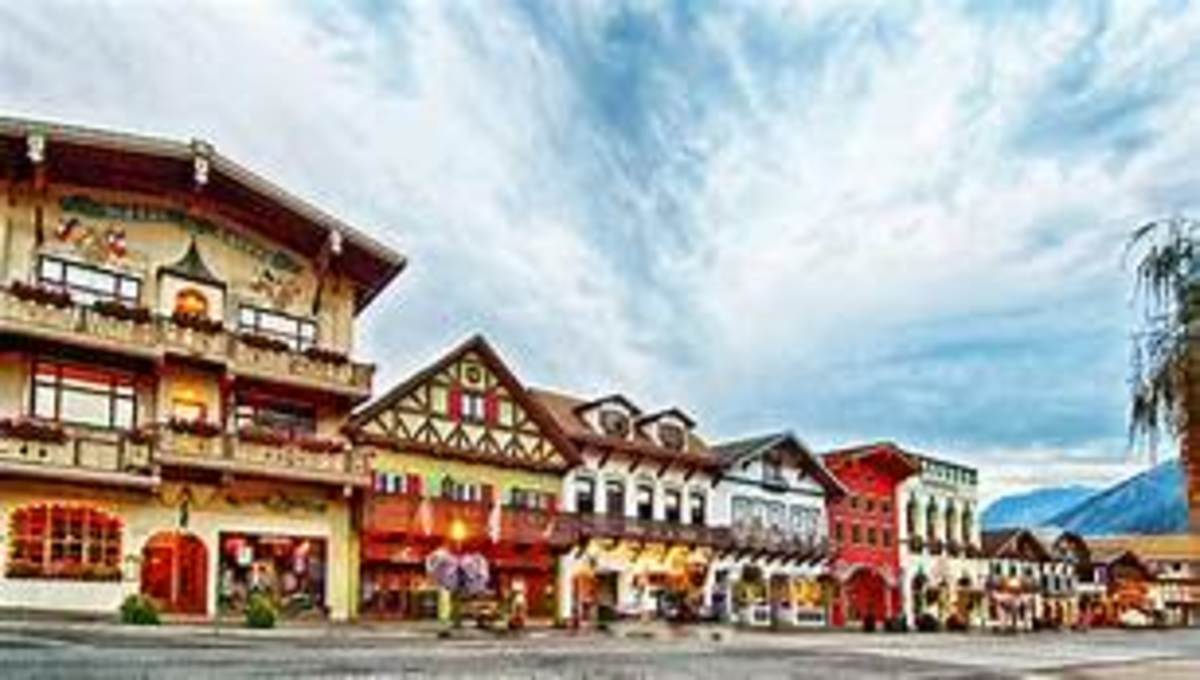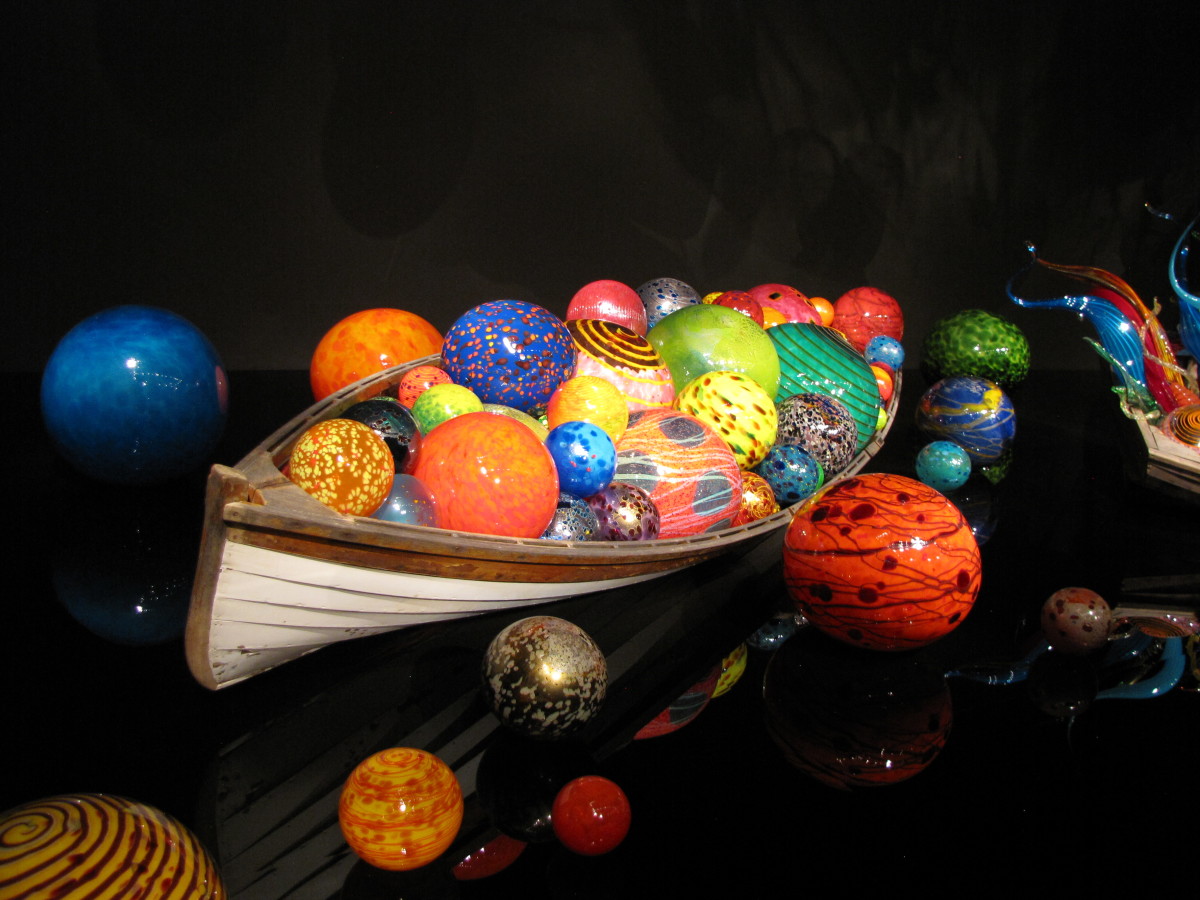- HubPages»
- Travel and Places»
- Visiting North America»
- United States
Full Rip 9.0 - the Next Big Earthqake in the Pacific Northwest
Earthquakes in the Pacific Northwest
Earthquakes are one of the few types of major natural disaster that is likely to occur in the Pacific Northwest. Since I have lived in the Seattle area for my entire life and have experienced several earthquakes, when I heard about the book Full-Rip 9.0: The Next Big Earthquake in the Pacific Northwest, I was intrigued. The book, written by Sandi Doughton, details the fascinating research done over the last several decades that has changed the scientific opinion about the probability of and possible damage that would be caused by a major quake in the Pacific Northwest, and specifically an earthquake in Seattle.
Once I started reading, I could hardly put the book down. The history of quakes in the Pacific Northwest was put together like pieces of a giant puzzle with information gleaned from several diverse sources. Clues were gathered from local Native American tribal stories, tsunami records from Japan, core samples of mud and rings from the trees in a "ghost forest" discovered in the depths of Lake Washington
The story is both fascinating and frightening, especially for anyone who lives near the 700 mile long Cascadia Fault where the North American and Juan de Fuca plates of the earth meet. The Cascadia subduction zone which extends from Northern California to southern British Columbia is under pressure as the Juan de Fuca plate pushes to move under the North American plate.
The combined research concludes that the last giant megaquake which occurred in 1700 was approximately 9.0 on the Richter scale. The research shows that earthquakes of this magnitude have happened on this fault on average every 300 to 600 years. Buildings in the large population centers like Seattle, Portland, Vancouver, BC and Victoria, BC were not built strong enough to withstand a "full rip" of the Cascadia fault.
The final chapters of the book offer ideas for emergency preparedness in the event of a major earthquake in the Pacific Northwest. This book is a scary read. If nothing else, I learned that I want to Be Prepared For a Disaster!
Alaska 1964 9.2 Earthquake Damage
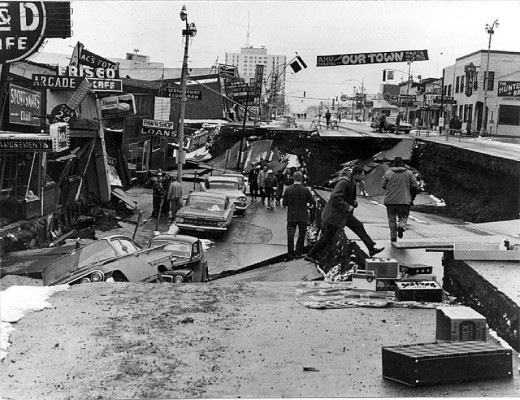
The Alaska Earthquake "Full Rip" 1964
On Friday, March 27, 1964 a 9.2 earthquake occurred in Alaska. It was a "megathrust" earthquake - basically a "full rip" along the Pacific Plate where it meets the North American Plate. It was the largest earthquake ever recorded in North America. The quake lasted over four and a half minutes and generated a massive tsunami. Since Alaska was sparsely populated, the earthquake itself only caused 15 deaths in Alaska, but the tsunami caused an additional 106 deaths in Alaska and 18 more along the Pacific Coast as far away as California. What would happen if a quake of this magnitude hit the much more densely populated areas of the Pacific Northwest? Are the tall buildings in cities like Seattle built strong enough to endure a 9.0 quake without collapsing?
When do you think a 9.0 earthquake will occur on the Cascadia Fault? (Photo Credit: Dana Kamp's photo of damage from Alaska 1964 9.2 earthquake on Flickr - creative commons license)
Cascadia's Fault: The Earthquake and Tsunami That Could Devastate North America by Jerry Thompson is another book I read on the topic of Earthquakes in the Pacific Northwest. It references much of the same research as Full Rip 9.0, but includes more personal stories and anecdotes about previous earthquakes.

What would happen if a megaquake hit Seattle?
This video was referred to in the book. It was created by the Washington State Department of Transportation after consulting with scientists and engineers. It is a simulation of what would likely happen if a 7.0 or larger earthquake occurred near Seattle area. What would happen if a 9.0 mega-earthquake hit the Seattle area?
